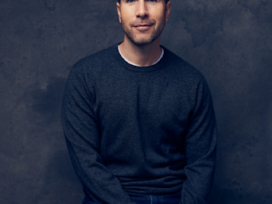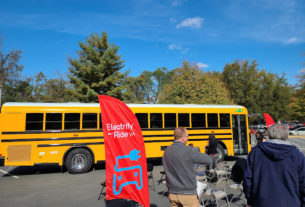Economy forces tuition changes at many colleges
College students nationwide pinch pennies as a result of the financial recession and top-dollar demands of higher education. Not only are students effected by the dearth of funds, but colleges are beginning to change admissions policies in order to survive the strain.
According to Hanqing Chen, writer for the Washington Square News of NYU, “The Wall Street Journal reported last month that many colleges facing financial trouble are coping by creating more need-aware admissions policies. Larger private universities like Yale and Stanford have readjusted their financial algorithms to get wealthier families (incomes of $120 thousand to $140 thousand) to pay a larger percentage of the tuition out of their own pockets. Some smaller liberal arts colleges are employing a need-blind policy during the first round of the admissions process. In subsequent rounds, they begin to consider financial need.”
Alex Lamb, Virginia Tech freshman said, “Well, it is sort of a business. I mean, financially speaking, colleges need to be able to stay running–think about all the expenses they face: materials, electricity, food, maintenance, among other things. Is it fair that state schools accept more out of state students solely for the fact that they get more in tuition from them? No, it’s not, especially if they’re basing their admission decisions on that and not merit…but nothing in life is fair.”
University of Virginia student, Katherine Bachman said, “If you look at how society is changing, for one to have a job that will support a family they need to have a college education, and sometimes those four years aren’t even enough. People all over the world come to American colleges and universities because of our education system, and for schools to eliminate applicants based on their parent’s financial status is ridiculous.”
Piedmont students may have less to worry about, considering community colleges admit a large variety of students no matter their financial status.
Whether this will lead to an increase in community college enrollment as students face higher education costs remains to be seen.
HANNAH MAHAFFEY
FORUM STAFF WRITER






